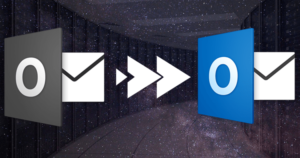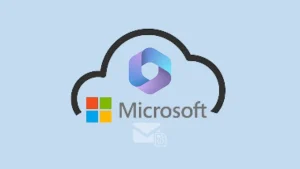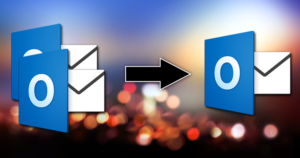A lot of Office 365 users get confused and search a lot about Microsoft 365 Group vs Distribution List. Microsoft 365 Group is more than just a contact list; it is what the Distribution List is about. A distribution list helps to send a particular email to a list of users that are pre-described/added. Microsoft 365 Groups provides a separate shared mailbox, shared Calendar, shared OneNote notebook, planner, and a document library that helps users work collaboratively. In this write-up, we will explore the topic of Outlook distribution list vs Group.
What is Microsoft 365 Group?
Microsoft 365 provides a way to share resources to boost teamwork and collaboration. Resources that can be shared are Outlook Inbox, A SharePoint Document Library, A Planner, A OneNote notebook, A Shared Calendar, Power BI, Stream, Team, Roadmap, and Stream accordingly.
- When you create a Group, a separate mailbox gets associated with having 50 GB of size. All the Group members can send/receive emails.
- Any user can create a Group by default until you restrict them by changing the settings.
- Groups have three components/roles: Owners, Members, and Guests.
- A user can create a maximum of 250 Groups.
- All the Microsoft 365 plans with Exchange Online and SharePoint Online can create Groups—no such subscription restriction.
What is a Distribution List/Contact Group/ Contact List?
In simple words, a Distribution List is used to send a single email to multiple recipients in a single go just by sending to a distribution list. If you need to send an email to various users, creating a distribution is a time-saving step. Now, there is no need to send emails manually, especially if you send emails to many. For marketing and information-sharing purposes, the distribution list comes as a boon. You can learn how to create a Distribution List by clicking here.
Microsoft 365 Group vs Distribution List: Differences
| Factors | Microsoft 365 Groups | Distribution List |
|---|---|---|
| Use | Allows to share resources with the Group. | Enables admin/ user to send a particular email to multiple email recipients in a single go. |
| EAC Management | Yes | Yes |
| Shared Inbox | Yes | No |
| Shared Calendar | Yes ( you can set) | No |
| Document Library | Yes ( you can set) | No |
| Restoration | The retention period is 30 days. It can be restored for 30 days. | Not Possible. |
Final Words:
In this blog, we learned about the Microsoft 365 Group vs Distribution List. We explored all about the Office 365 Groups as well as about the Distribution List. Both facilities are provided to ease the work of both corporate and large organizations. Moreover, Microsoft 365 Group offers resources for sharing to boost collaborative functioning.
Frequently Asked Questions:
Ans. No, we can’t receive emails with the Distribution list, as there is no separate mailbox to serve as the inbox. However, with the Microsoft 365 Group, we can do it as we get a separate mailbox of 50 GB in size.
Ans. Yes, we can share Calendars with the Group members using the Microsoft 365 Groups.
Ans. Yes, you can back up Microsoft 365 in local storage with the professional utility. Shoviv Office 365 Backup and Restore Tool makes this process easy as pie.
Ans. Yes, you can restore it before 30 days. Microsoft provides a retention period of 30 days; after 30 days, there is no way to get it until Microsoft itself helps you out.
- Mailspring vs Thunderbird: The Ultimate 2025 Showdown - April 3, 2025
- Why is My Outlook Offline? Quick Fixes to Get Back Online - March 26, 2025
- Why Microsoft Outlook Keeps Asking for Password & How Do I Fix It? - March 18, 2025


